Planning Pays Off: 5 Strategies to Get the Most Out of Your Delivery Speed Choice
September 26, 2024
5 min read
Introduction
eCommerce businesses often experience the problem of RTO (Return to Origin). RTO eCommerce implies that the product that is out for delivery has to be recalled by the business.
This may be because the recipient’s address is wrong, the product is delivered to the wrong address, the product specifications are incompatible with the customer’s needs, the buyer cancels the order midway, or the business refuses to accept it.
RTO can adversely impact your business’s operational margins, profitability, brand image, and customer satisfaction index. You need to assess these carefully to mitigate its effect.
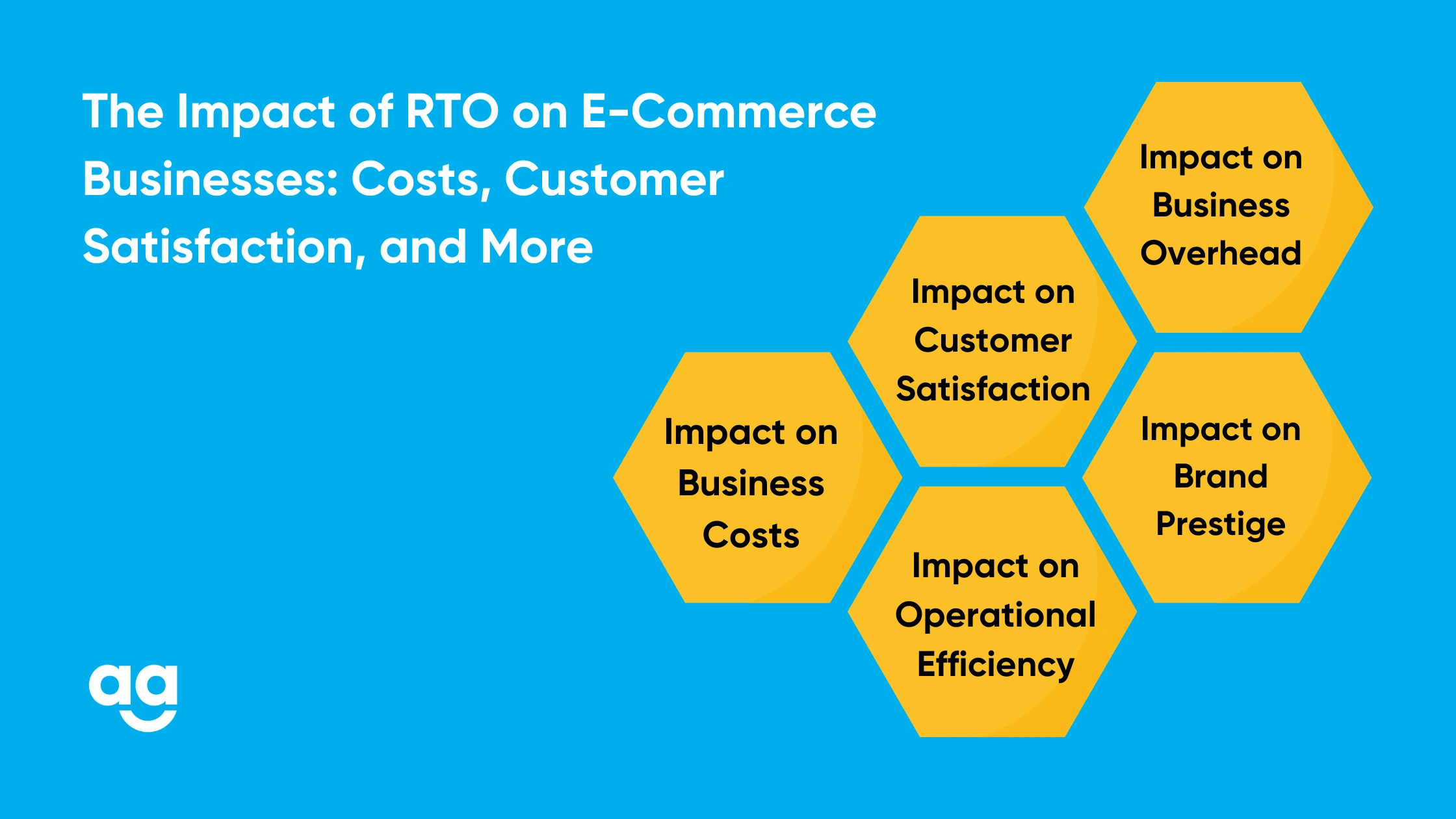
Analytical Overview of RTO eCommerce Impact
Your business success is dependent on reducing RTO. Hence, it would help if you mapped the reasons and effects of RTO to enhance customer engagement, brand perception, and website functionality.
Impact on Business Costs
You can incur different additional expenses due to RTO. These relate to:
- Courier charges for shipment returned (logistics fee is doubled)
- Refund of product’s purchase price to the customer for processing return
- Restocking of returned products in the warehouse
- Loss or damage of the returned product
- Blocked inventory
These can reduce profit margins and impact your business’s bottom line. Interestingly, the return rate of cash on-delivery type orders is 62% as compared to paid products’ return rate of 38%.
Impact on Customer Satisfaction
The average RTO rate in India is about 20–25% for eCommerce businesses. Hence, you must make the return process seamless and optimized for customers.
Poorly managed and delayed returns can severely impact customer satisfaction and retention rates. Suppose the customer finds that a wrong product has been delivered and wants to return it. Potential delay in collecting the same can frustrate the customer.
If you fail to meet the customers’ delivery expectations, their trust in your brand can diminish. This will impact customer loyalty and reduce repeat purchase rates. Without long-term customer relationships, you can lose the competitive edge and brand advocates.
Impact on Business Overhead
If you are offering a free shipping option, you may end up paying twice for logistics costs in the event of RTO. Your business’s operational budget gets eroded because of additional expenses on product packaging, quality testing, labor, and shipment.
If the returned product gets damaged in transit, you will have to spend more on repairing or disposing of it.
Frequent RTOs can block your warehouse space. This can spell extra costs in terms of increased payment for booking more space.
Impact on Operational Efficiency
If you are running your eCommerce business on a limited budget, RTOs can put a strain on your resources and hamper smooth operational workflow. Overall productivity decreases due to repeated entries for returned products and other bottlenecks.
Impact on Brand Prestige
High RTOs can tarnish your brand’s image in the eyes of prospective customers. A lack of trust among existing customers will discourage them from spreading the positive word about your business through word-of-mouth promotions.
Conclusion
Your eCommerce business’s sustainability hinges on strategically managing RTO rates. This calls for careful analysis of relevant factors like customers’ past histories, product categories, order types, customer intent, etc.
Shipyaari’s innovative solutions help you optimize your business’s functionality by minimizing RTO eCommerce to deliver best-in-class customer experiences. Its state-of-the-art product ‘Delta’ boasts many cutting-edge features that can help steer your eCommerce business successfully and profitably.
So why wait? Sign up today to gain more command of your business’s shipping policies and processes.
Frequently Asked Questions
Return to Origin, i.e., the ordered product is returned to the eCommerce business’s warehouse due to delivery failure.
Return shipment charges, customer refund, and restock returned products in the warehouse.
Yes. Poorly managed RTOs can increase customer dissatisfaction, reducing customer loyalty, long-term relationships, repeat purchases, and negative word-of-mouth promotion about your brand.
The clothing segment usually has a high RTO because apparel fittings and quality may not meet customers’ preferences. Also, the cash-on-delivery shipping type experiences more returns.
Suggested Reads
Hyperlocal Personalization: Tailoring Experiences for Local Customers
Introduction The eCommerce industry in India has witnessed a rapid growth of hyperlocal services in
Continue ReadingDec






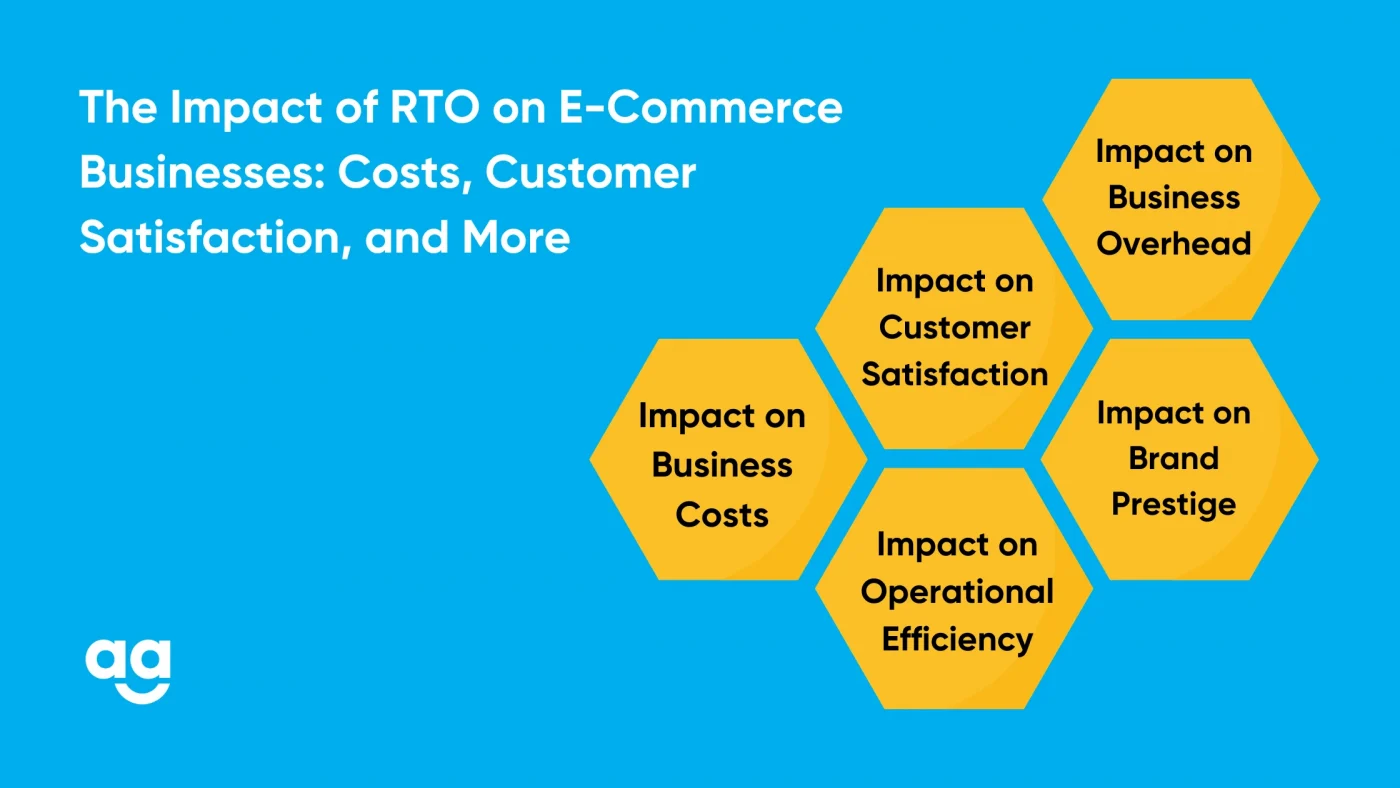



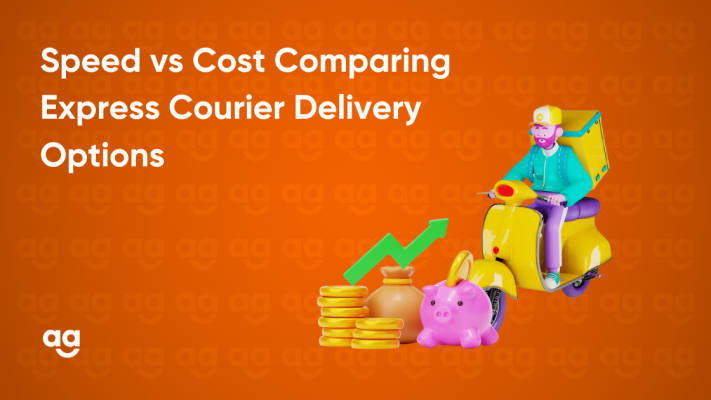

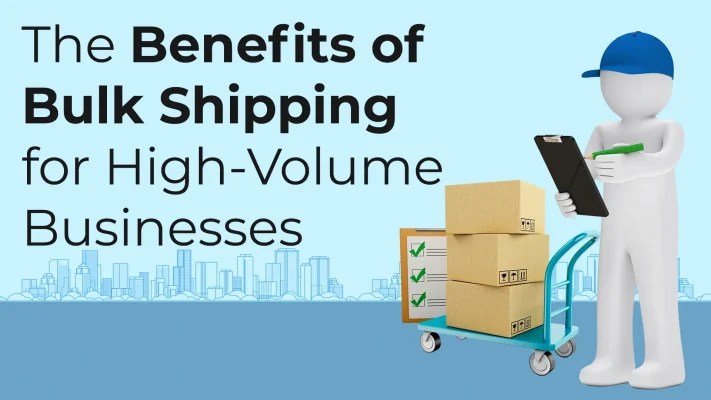
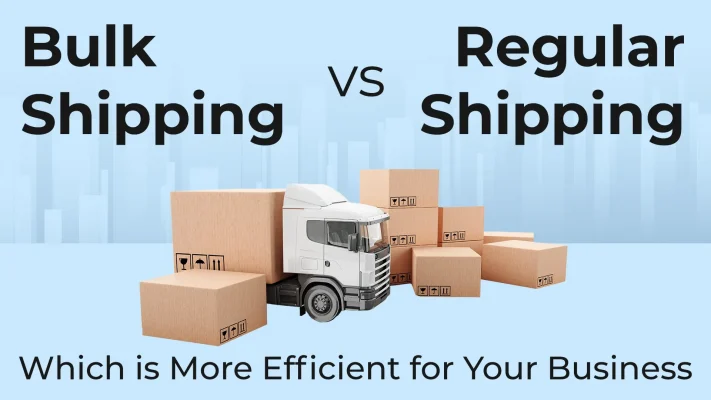


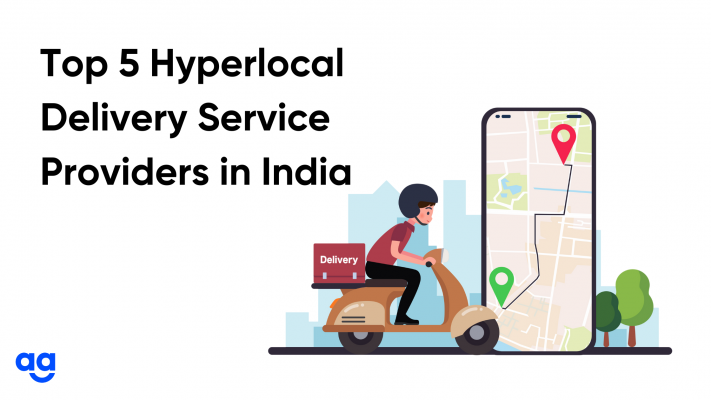
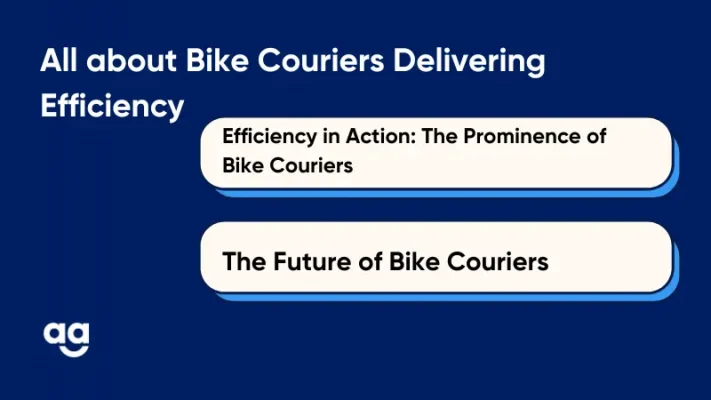
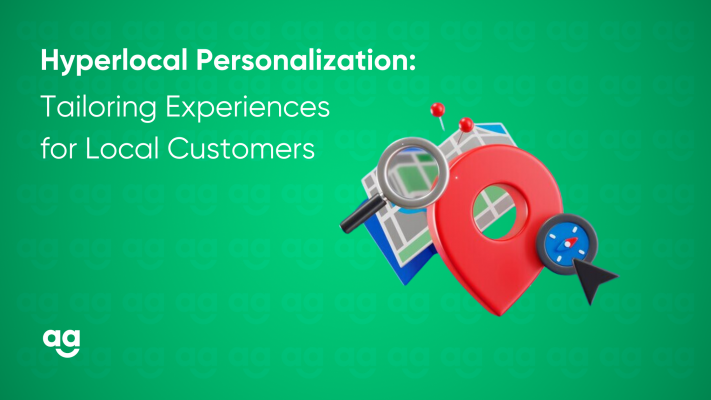
 Shipping
Shipping







